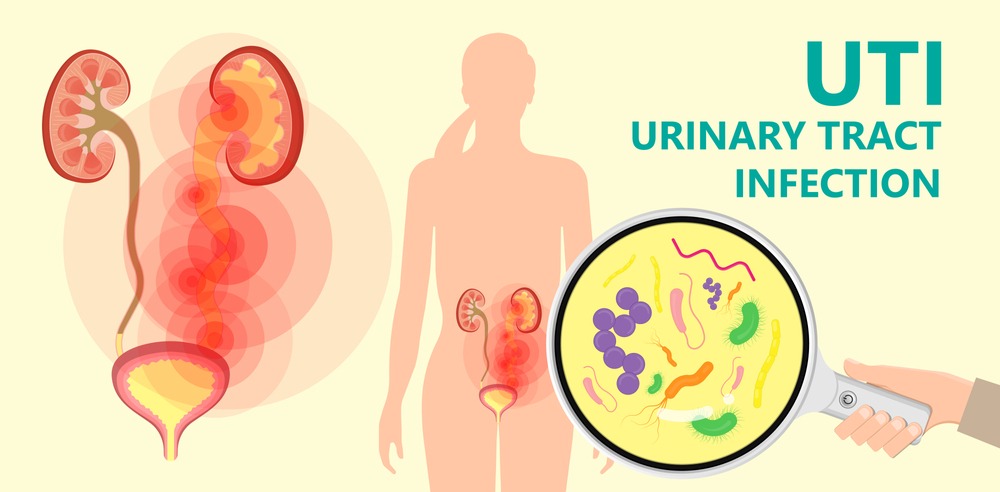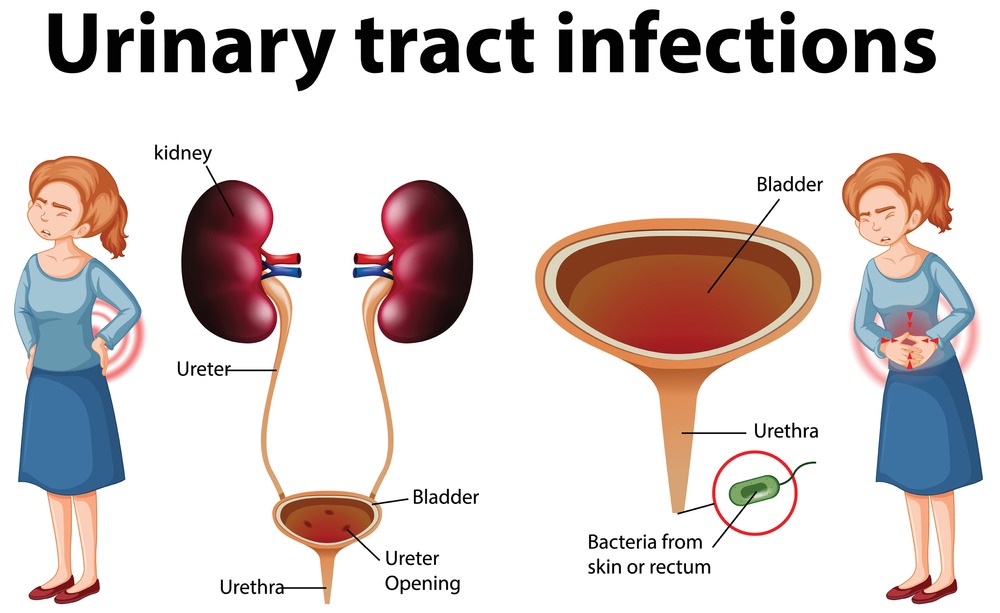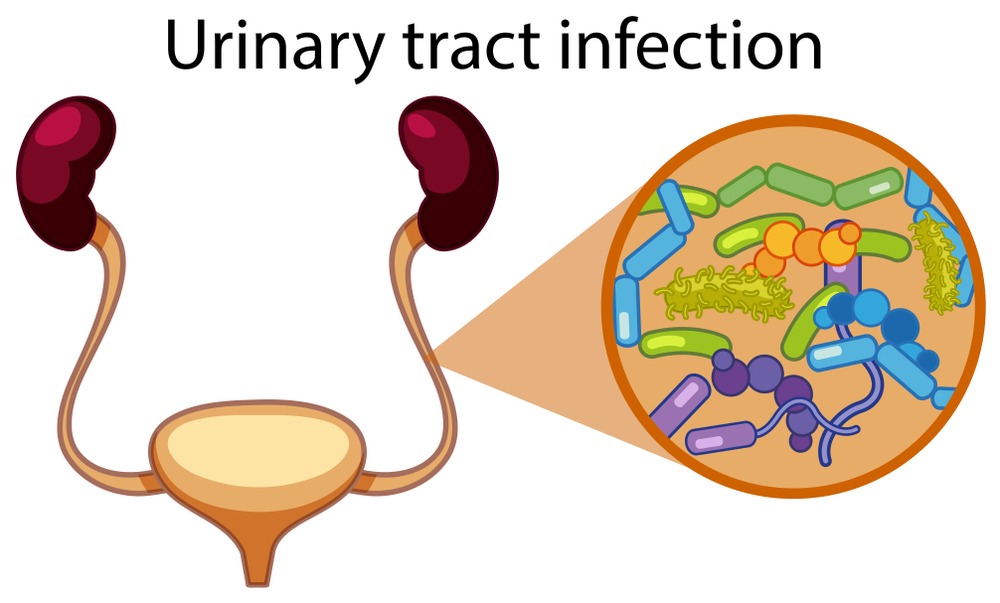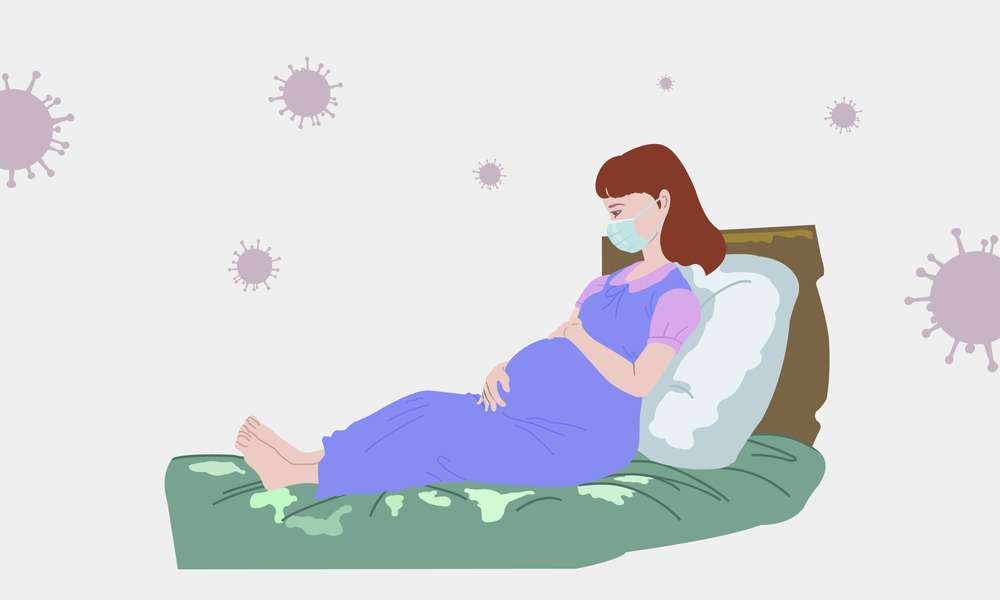Urinary Tract Infection
Urinary tract infections are persons of all ages and genders may be affected by this prevalent and unpleasant ailment. Although urinary tract infections are often viewed as a minor inconvenience, they can cause significant discomfort and, if left untreated, more serious health complications. In this article, we discuss the causes, symptoms, prevention, and treatment of urinary tract infection.
UTI:
An infection of the urinary system, comprising the kidneys, bladder, ureters, and urethra, is known as a urinary tract infection. Escherichia coli (E. coli) is the most prevalent bacterial cause of urinary tract infections.Bacterial Invasion: The most common cause of a urinary tract is bacterial invasion of the urinary tract. The main culprit is E. coli, a type of bacteria found in the digestive tract. Other bacteria such as Klebsiella and Proteus can also cause urinary tract infections.
- Sexual Activity: In some cases, sexual activity can introduce bacteria into the urethra, making women more susceptible to urinary tract infections.Sometimes this illness is referred to as “honeymoon cystitis.”
- Urinary retention: Incomplete emptying of the bladder can lead to the proliferation of bacteria. It is more common in people with an enlarged prostate or neurological disorders that affect bladder function.
- Burning sensation: painful burning when urinating.
- Cloudy, bloody or foul-smelling urine: Changes in the appearance and smell of the urine.
- Pain or pressure in the lower abdomen: Discomfort in the lower abdomen or back.
- Fatigue and Weakness: Urinary tract infections can also be accompanied by general tiredness and weakness.
Prevention:
Prevention of urinary tract infections is possible through the following strategies:
- Stay hydrated: Drinking plenty of water helps remove bacteria from the urinary tract.
- Dry yourself properly: For women, wiping from front to back after using the toilet can prevent the spread of bacteria from the anal area into the urethra.
- Urinating after intercourse: This can help eliminate bacteria that may have entered the urethra during sexual activity.
- Cranberry Juice: Although cranberry juice is not a guaranteed prevention method, some research suggests that cranberry juice may reduce the risk of urinary tract infections by preventing bacteria from attaching to the walls of the urinary tract.
- Good Hygiene: Maintaining good hygiene, including regular bathing and clean underwear, can help reduce the risk of urinary tract infections.
Treatment:
If you suspect a urinary tract infection, it is important to see a doctor immediately.UTI(Urinary tract infections) are usually treated with antibiotics to clear up the infection. Antibiotics commonly used to treat urinary tract infections include trimethoprim-sulfamethoxazole, ciprofloxacin, and nitrofurantoin. To prevent antibiotic resistance and recurrent infections, it is extremely important to complete it even if symptoms go away before the conclusion of the course of medication.
Urinary Tract Infection medication:
Urinary tract infection are usually caused by bacteria and must be treated promptly to prevent complications and relieve unpleasant symptoms. Medication is the primary treatment for urinary tract infections, and the choice of medication often depends on the specific bacteria causing the infection and the patient’s medical history. Here are the most commonly used medications to treat urinary tract infections:
- Antibiotics: Antibiotics are the most important treatment for urinary tract infections. They work by killing or inhibiting the growth of the bacteria that cause the infection. The choice of antibiotic depends on the type of bacterium and its sensitivity to certain drugs.The most common antibiotics used to treat urinary tract infections include:
- Trimethoprim-sulfamethoxazole (Bactrim, Septra): This antibiotic combination is often used as initial treatment for urinary tract infections.
- Ciprofloxacin (Cipro): A broad-spectrum antibiotic that is effective against a variety of bacteria.
- Nitrofurantoin (Macrodantin, Macrobid): This antibiotic is often used for lower urinary tract problems and can be taken with or without food.
- Amoxicillin/Clavulanate (Augmentin): Sometimes prescribed for urinary tract infections, especially if the bacteria are resistant to other antibiotics.
- Cephalexin (Keflex): A cephalosporin antibiotic used to treat uncomplicated urinary tract infections.
- Fosfomycin (Monurol): A single-dose antibiotic that may be an effective treatment for uncomplicated urinary tract infections.
- Pain Relief: A urinary tract infection can cause discomfort and pain, especially when urinating. Over-the-counter pain relievers such as ibuprofen (Advil, Motrin) or acetaminophen (Tylenol) can help relieve these symptoms. However, they do not treat the infection themselves and must be used in combination with antibiotics.
- Medicines for Urinary Tract Pain: Phenazopyridine (Pyridium) is a medication that can help relieve the burning and urgency that comes with a Urinary tract.This will not cure the infection, but it may relieve symptoms.
Notes:
- Be sure to take the antibiotics recommended by your doctor, usually for 3 to 7 days, depending on the severity of the infection. It is extremely important to complete a full course of antibiotics, even if symptoms disappear before treatment is completed, to prevent antibiotic resistance and ensure complete cure of the infection.
- In some cases, if the urinary tract infection is severe or has spread to the kidneys, hospitalization and intravenous antibiotics may be necessary. Recurrent Urinary tract may also require further evaluation to identify underlying causes or contributing factors.
- If you think you have a urinary tract infection, be sure to see your doctor. If left untreated, It can lead to complications and lead to more serious kidney infections, which can be more difficult to treat.
- Preventive measures such as good hygiene, adequate fluid intake, and urination after sexual activity can help reduce the risk of UTI. However, if you develop a urinary tract infection, the key to a quick and complete recovery is taking the right medication at the right time. Always consult a doctor for a diagnosis and treatment plan appropriate to your specific situation.
UTI treatment:
UTI are usually treated with antibiotics to kill the bacteria that cause the infection. The specific treatment regimen may vary depending on factors such as the type of bacteria involved, the severity of the infection, and any underlying medical conditions. Here is a step-by-step guide to treating a urinary tract:
- See a doctor: If you suspect a Urinary tract, it is important to seek medical attention immediately. A healthcare provider, such as a doctor or nurse, will assess your symptoms, perform diagnostic tests, and recommend appropriate treatment.
- Diagnosis: A healthcare provider can diagnose a urinary tract infection based on a combination of symptoms, a physical exam, and a urine test.In some cases, you may need to do a urine culture to identify specific bacteria and their sensitivity to antibiotics.
- Antibiotics: Antibiotics are the mainstay in the treatment of urinary tract infections. Antibiotics commonly prescribed for a UTI include:Trimethoprim-sulfamethoxazole (Bactrim, Septra),Ciprofloxacin (Cipro),Nitrofurantoin (Macrobid, Macrodantin),Amoxicillin/Clavulanate (Augmentin),Cephalexin (Keflex),Fosfomycin (Monurol)
- The choice of antibiotic depends on the type of bacteria causing the infection and its sensitivity to certain medications. It is very important that you take the prescribed antibiotic according to your doctor’s instructions and complete the full course of treatment, even if symptoms disappear before the end of treatment.
- Pain Relief: A UTI can cause discomfort and pain, especially when urinating. Over-the-counter pain relievers such as ibuprofen (Advil, Motrin) or acetaminophen (Tylenol) can help relieve these symptoms. Phenozopyridine (Pyridium) is a prescription medication that may also help relieve urinary symptoms.
- Increased fluid intake: With a urinary tract it is necessary to drink plenty of water. It helps remove bacteria from the urinary tract and dilutes urine, making urination less painful. Aim to drink at least eight 8-ounce glasses of water daily.
- Rest and Self-Care: Rest and self-care are important when treating Urinary tract. Avoid irritants such as caffeine, alcohol and spicy foods.Wear loose clothing and cotton underwear to avoid irritation.
- Frequent urination: Do not hold urine for a long time; Empty your bladder regularly to eliminate bacteria.
- Check: In some cases, your doctor may recommend a follow-up visit or additional testing to make sure the infection is gone, especially if you have recurring urinary tract.
- Preventive measures: After recovering from a Urinary tract consider taking preventive measures to reduce the risk of future infections. These include maintaining good hygiene, good hydration, avoiding urination after sexual activity, and taking cranberry supplements (although their effectiveness is controversial).
- In severe cases, seek medical attention: If you have a high fever, severe pain in your lower back or abdomen, or your symptoms worsen despite treatment, seek medical attention immediately. These may be signs of a more serious kidney infection or a Urinary tract that is not responding to treatment.
UTI Symptoms:
UTI can manifest with a range of symptoms, which can vary in intensity depending on the severity of the infection and its location within the urinary tract. Common Urinary tract symptoms include:
- Frequent Urination: An increased need to urinate, even if you have only a small amount of urine to pass.
- Urgency: A sudden, strong urge to urinate, often making it difficult to reach the toilet in time.
- Burning Sensation: A painful, burning sensation during urination, which is often one of the most uncomfortable symptoms.
- Pain or Discomfort: A general discomfort or pain in the lower abdomen, pelvic area, or back.
- Cloudy or bloody urine: Urine may appear cloudy, bloody, or discolored, which may be a sign of an infection or bleeding in the urinary tract.
- Strong-smelling urine: Foul-smelling or strong-smelling urine is a common symptom of a Urinary tract.
- Pain in the lower back or side: This symptom may indicate that the infection has reached the kidneys, a more serious form of urinary tract infection called pyelonephritis.
- Fatigue and weakness: Some people with a urinary tract infection may feel tired, weak, or generally ill.
- Fever and chills: In severe cases, especially if the infection has reached the kidneys, a Urinary tract can cause fever, chills, and even nausea or vomiting.
- Painful or unpleasant sexual intercourse: A Urinary tract can cause discomfort during sexual intercourse, especially in women.
- Remember that not every patient with a Urinary tract will experience all of these symptoms. Additionally, the degree of the symptoms can differ from person to person. In some cases, particularly in older adults or people with weakened immune systems, typical symptoms may be less pronounced or absent.
- If you think you have a Urinary tract, it is extremely important to see a doctor for a diagnosis and proper treatment.If left untreated, urinary infections can lead to more serious kidney infections and other complications. The choice of treatment, which usually includes antibiotics, depends on the type of bacteria causing the infection and its sensitivity to certain drugs. Early intervention and proper treatment can lead to faster recovery and a lower risk of complications.






Pingback: Fibroids - Journey Of Mother